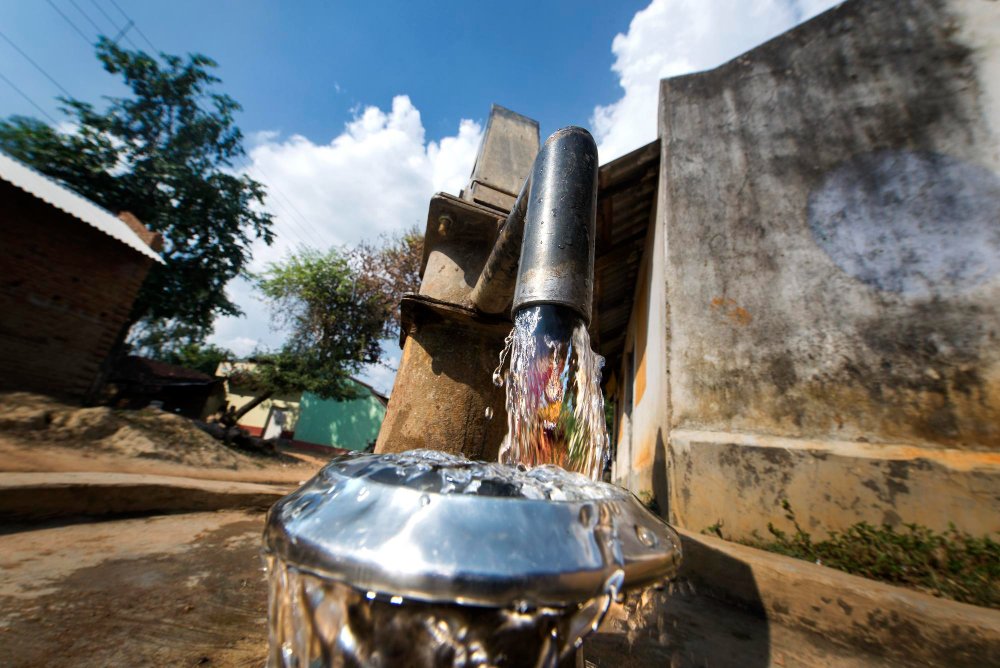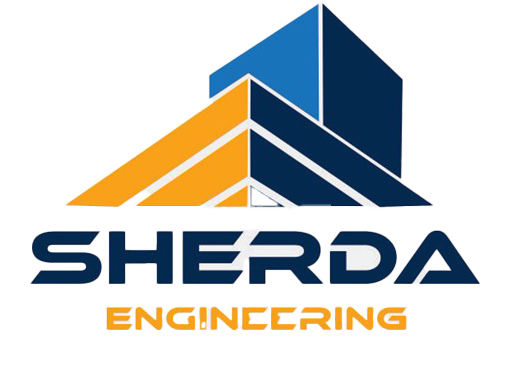How This Tiny Village Built a Borehole Without a Cent: The Ultimate Guide to Community Boreholes
Access to clean, safe water shouldn’t be a luxury—it should be a right. For many communities around the world, especially in rural or underdeveloped regions, a community borehole can be a game-changer. Whether you’re a local leader, a landowner, or just someone passionate about improving water access, this guide will walk you through everything you need to know about making community boreholes a reality.
Why Community Boreholes Matter
A community borehole is a shared water source drilled and developed for use by multiple households, schools, or even entire neighborhoods. Instead of relying on distant rivers, unreliable municipal supply, or buying water at steep prices, people can access clean groundwater right in their backyard.
Benefits at a Glance:
Cost-effective: Shared cost means affordable access for everyone
Healthier living: Reduces risk of waterborne diseases
Empowering: Communities gain control over a critical resource
Sustainable: Encourages better water management and conservation
Water isn’t just about survival—it’s about freedom, development, and dignity.
Where to Start: Understanding Community Needs
Assessing Water Demand
Before you start digging, it’s crucial to understand how much water your community actually needs. Consider:
Number of people
Livestock and farming needs
Schools or clinics nearby
Future population growth
Pro tip: Multiply the number of people by 50 liters/day as a base for household use. Add extra for farming or livestock.
Choosing the Right Spot
Picking a borehole location isn’t as simple as pointing at a map. Geology, ease of access, elevation, and safety all come into play.
Hiring a hydrogeologist or doing a geophysical survey is the best way to find underground water. It’s worth the investment—you don’t want to drill a dry hole.
The Drilling Process (Broken Down Simply)
1. Site Selection and Permissions
Conduct a geological survey
Get permission from landowners
Apply for a water abstraction license (if required by local law)
2. Mobilizing the Rig
This is when the action starts. The drilling rig, workers, and materials arrive on-site.
3. Drilling and Casing
Boreholes can go as deep as 30 to 200 meters, depending on the water table
A steel or PVC casing is installed to prevent collapse
4. Pump Installation and Testing
Submersible pumps are common for deeper boreholes
Pump tests help determine yield (flow rate per hour)
5. Water Storage and Distribution
Install overhead tanks for gravity-based distribution
Pipe water to taps or collection points
6. Final Water Quality Testing
Make sure the water meets safety standards for drinking. Test for:
pH
E. coli and bacteria
Nitrate, fluoride, iron, manganese
Who Pays? Funding Your Community Borehole
1. Government Programs
Many regions have grants available for rural water development. Check with:
Local municipalities
Rural water departments
Development funds
2. NGO and Charity Partnerships
Organizations like WaterAid, World Vision, and UNICEF often fund borehole projects.
3. Community Crowdfunding
This is surprisingly effective. Collect small contributions from households or local businesses.
4. Corporate Sponsorship
Pitch to companies looking for Corporate Social Responsibility (CSR) projects.
Design Tips for a Better Borehole

Safety First
Fence the area to keep kids and animals safe
Use non-slip surfaces at collection points
Post signs with hygiene reminders
Convenience and Accessibility
Place taps at reachable heights
Make space wheelchair accessible
Install lighting if used after dark
Water Storage Planning
Use UV-resistant tanks
Plan for 1.5x the average daily demand (for dry seasons or downtime)
Keeping It Running: Operation & Maintenance
Build a Borehole Committee
5–7 trusted community members
Responsible for fees, maintenance, and dispute resolution
Regular Maintenance Tasks
Clean the area weekly
Service the pump every 6–12 months
Keep records of repairs and issues
Fund It With Small Fees
Charge a tiny fee (monthly or per jerrycan) to create a maintenance fund. Even a few cents per user adds up.
Legal and Health Considerations
Water Licensing
In many countries, you need permission to extract groundwater. This ensures sustainable usage.
Environmental Impact
Drilling too many boreholes in one area can lower the water table. Always consult experts.
Health Standards
Get your water tested regularly. Even groundwater can become contaminated over time.
Social Dynamics: More Than Just a Hole in the Ground
Managing Access
Who can use the borehole? When? Create fair rules to avoid conflict.
Conflict Resolution
Appoint neutral leaders in the committee to manage disputes.
Inclusive Design
Consider elderly and disabled users
Assign water collection times to avoid crowding
Real-Life Example: The Village of Benta
Benta is a rural village with 130 households in East Africa. Until 2022, they relied on a seasonal river, walking over 4km for water.
With the help of a small NGO and community labor:
A borehole was drilled to 80 meters
A solar pump was installed
A 5,000-liter tank serves four public taps
Residents each contribute $1/month for upkeep
Outcome:
School attendance improved
Waterborne illness dropped by 60%
Farming yield increased from new irrigation
Conclusion: A Ripple Effect of Change
A borehole doesn’t just bring water—it brings health, education, agriculture, and hope. Community boreholes are one of the smartest, most impactful investments a village can make.
If you’re considering one, start with research, get the community involved early, and don’t be afraid to ask for help. NGOs, donors, and even local governments are often looking for well-organized projects to support.
Water is life—and your community deserves it.
Expert Tips & Final Thoughts
How to Estimate Daily Water Needs
People: 50L/person/day
Livestock: 20–80L/animal/day (depends on species)
School: 5L/student/day + 10L/staff/day
Top Mistakes to Avoid
Skipping the geological survey
Poor pump sizing
No maintenance plan
Borehole Proposal Checklist
Site analysis
Water demand estimate
Cost breakdown
Maintenance plan
Community buy-in letter
Got questions? I’d love to help. Whether you’re building your first community borehole or want to improve an existing one, drop your questions in the comments or reach out for project planning templates.


Leave A Comment